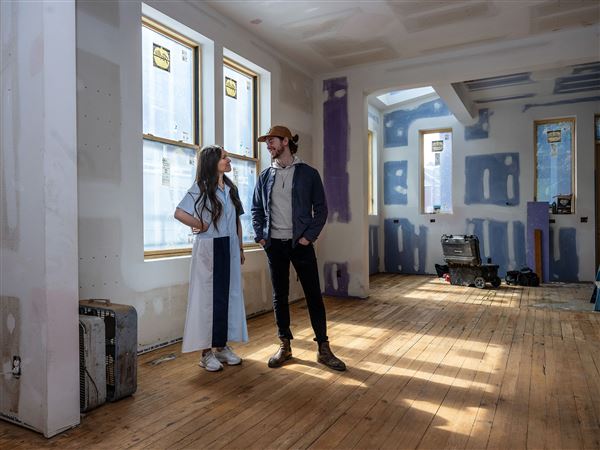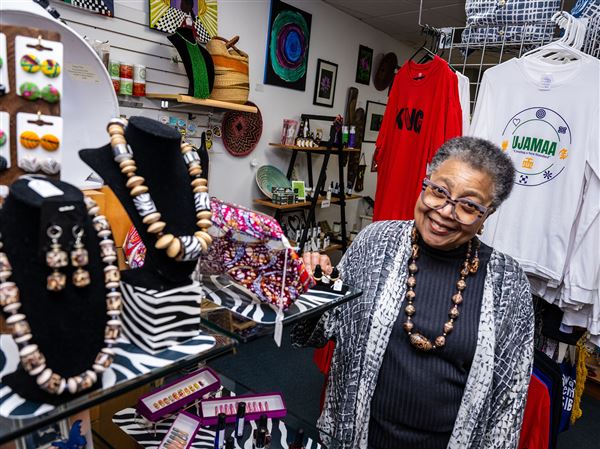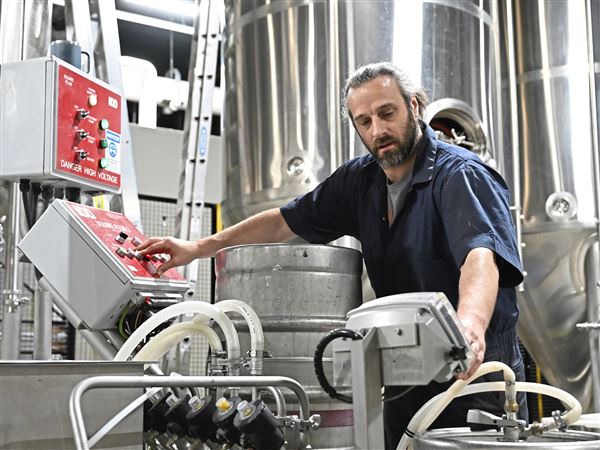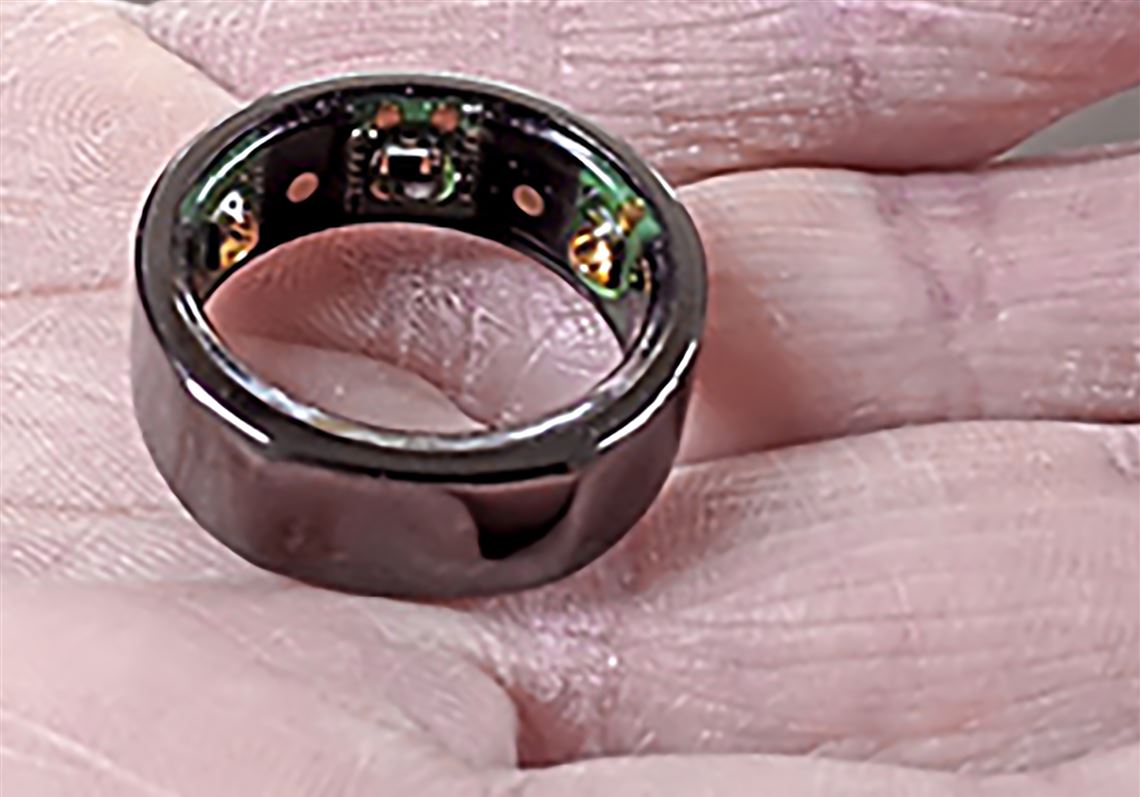For three years the West Virginia University Rockefeller Neuroscience Center has equipped 30,000 people with smart rings and smartphone apps to determine, before any signs of illness, whether they had influenza.
So it required only some computer algorithm adjustments to launch a pilot project in March to monitor 200 front-line healthcare professionals for COVID-19 and determine the presence of infection and potential for contagion 24 hours before flu symptoms emerge.
Within a week, 1,000 healthcare workers will be wearing the rings and using the apps with expectations that in a month participation will grow to 10,000 in West Virginia, Philadelphia, New York, Florida and elsewhere to determine how effectively the system provides early warning signs of infection.
“[Healthcare workers] interested in participating should contact us, and we’re interested in working in partnerships,” said Dr. Ali Rezai, executive chair of the WVU Rockefeller Neuroscience Institute. “The key thing is, we’ve been doing this for three years, and that is why we have taken a big leap ahead with this concept.”
Already, he said, the system that uses machine learning computer technology has succeeded in early identification of flu among the 30,000 participants throughout West Virginia, with follow-up analysis of their fevers, coughs, muscle pain and other symptoms.
Additional benefits could include alerting people with such chronic conditions as heart disease and diabetes that they have other emerging health problems. The system already is being used to determine when people with addiction are in danger of relapsing into drug use.
“So in modeling the artificial intelligence about those individuals, we decided to fine-tune our computer models concerning those with flu and deploy a starter model for COVID-19, and we’re moving forward,” Dr. Rezai said.
The studies also involve WVU Medicine (the university’s health system) and Oura Health, a Finnish company with offices in California that created the world’s only smart ring that monitors health signals.
In the COVID-19 study, the research team decided to turn its focus from patients to doctors, nurses and EMTs, among others on the front lines against the pandemic.
“People are scared and concerned,” Dr. Rezai said. “So we are trying to use rapid deployment of our technological innovations to limit the spread of COVID-19 by knowing in advance who will get the symptoms.”
Rings, apps and algorithms
Sensors in the Oura Health smart ring record and analyze physiological responses to assess sleep duration and quality, body temperature, and variation in pulse rate and heart function.
Each morning the ring provides a sleep rating based on length of deep sleep (REM) and light sleep.
Leslie Crossley, 51, of Morgantown, serves as RNI’s director of nursing and clinical programs, and is involved in enrolling participants, providing and instructing them about the apps and fitting participants with rings.
“It looks like a normal ring and has some sensors that you can’t feel,” she said. “It’s not uncomfortable, and its waterproof so you don’t take it off, and you charge it once a week. A charger comes with the ring.”
Participants log on every morning to record their temperature and answer a questionnaire about how they feel, how many times they washed their hands, how stressed they feel and how successful they have been in completing tasks, along with levels of mood and motivation. They also describe potential exposures to COVID-19.
Then they play concentration, memory and response games, with the entire process requiring 5 to 7 minutes, said Ms. Crossley.
Health metrics are recorded and analyzed continuously through artificial intelligence technology and machine learning, based on algorithms the institute developed to assess data and portend infection.
Dr. Rezai said the system works by tapping into the autonomic nervous system — that part of the brain that subconsciously operates such body functions as breathing, the heartbeat and digestion, among others.
In that sense, the model is getting ever better in analyzing “the mind-body operating system,” before symptoms emerge, which is a time at which the infection process is well underway.
He said the technology measures health holistically with smarter analytics, allowing more people to participate. The goal is providing a system that, in time, anyone can use to monitor health with early alerts about health problems.
“For us, we need sensitivity and specificity before we take this out” to the public, he said.
Fingers tell all
Oura Health’s smart ring is based on the idea that fingers represent the ideal body parts to measure heart rate, blood flow, body temperature, and activity levels, among other signals that indicate health and well being.
Company CEO Harpreet Rai, a native of Allentown, Pa., said the ring that WVU is using is the company’s second generation technology that’s been available since 2018.
“We measure health through sleep — the most important part of health that affects physiological, cognitive and emotional function,” he said. “Everything starts with sleep: Memory, muscle repair and learning occur during sleep and even immune system killer T-cells are made during sleep.”
The fingers are excellent locations to measure heart rate, he said, “because they have pulse signal strength 100 times stronger than the wrist with arteries and a rich blood flow that gives the hands that reddish hue. The strong pulse signal we can sample frequently, and it’s more accurate and clearer, along with changes in temperature, too.”
Heart rate variability can indicate stress levels with elevations resulting from infection.
Those people involved in the study said the project’s potential includes immediate benefits against the pandemic and expanded benefits in monitoring general health.
“We personally experience what this research does for patients and we are changing the world with WVU Medicine,” Ms. Crossley said, noting the potential to save coworkers’ lives. “I couldn’t pass this up, and everyone is excited about being on board and asking their friends to participate.”
Sleep rules all
Curtis Ash, 33, also of Morgantown, serves as nursing manager in Ruby Memorial Hospital’s Emergency Department, and said he and the other nurses have been wearing the rings and using the apps for about a month.
The pandemic he described as “a different type of crazy,” with his staff “prepared for the worst.”
He said he faithfully completes each app twice a day and checks his sleep and readiness score. The previous night, he said, he slept 6½ hours and had a sleep rating of 80%, with the high being 100%.
That score closely matches how he feels and performs at work, he said.
Because this is a research study, participants aren’t being notified if the program determines they are infected with COVID-19. But Mr. Ash said the results on the app provide a strong clue when the mind and body aren’t functioning well.
Those daily sleep scores are the subject of discussion and humor among the nursing ranks, he said, and proposed wearing a sign on bad days — “My sleep score is only 40.”
“I was among the first 10 or 20 for this and I think it’s groundbreaking,” Mr. Ash said. “I’m not speaking for the study but I hope this is not limited to healthcare workers only but everyone out there.”
Mr. Rai said the WVU project reveals the value technology can play in healthcare.
“I think it is extremely important what Dr. Rezai and his team at RNI are doing,” he said. “Frankly, I don’t think we could work on a more exciting project than what we are doing with RNI and Dr. Rezai.
“I particularly think that what RNI has developed, in monitoring people in a way that can pull out asymptomatic signals before the virus has spread, could be pivotal for fighting COVID-19,” he said.
David Templeton: dtempleton@post-gazette.com or 412-263-1578. Twitter: @templetoons.
First Published: April 19, 2020, 10:15 a.m.



















